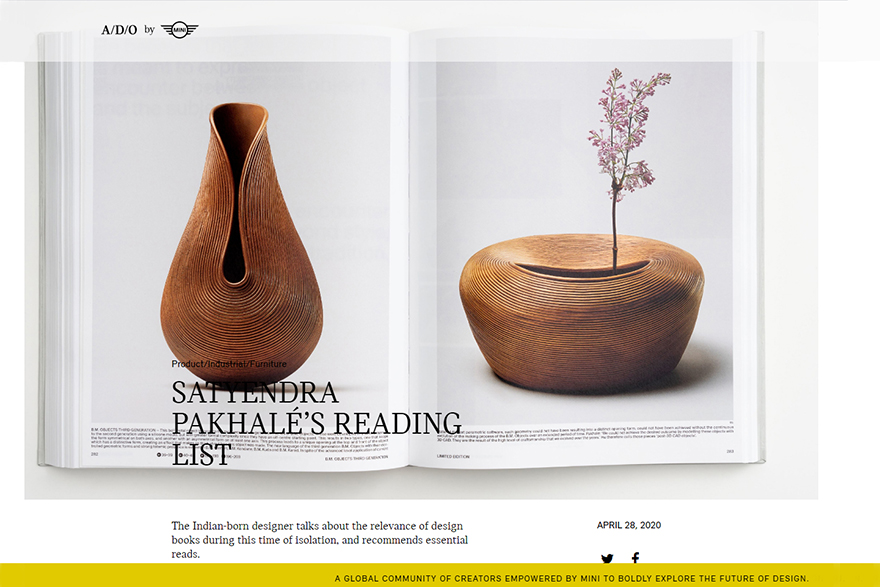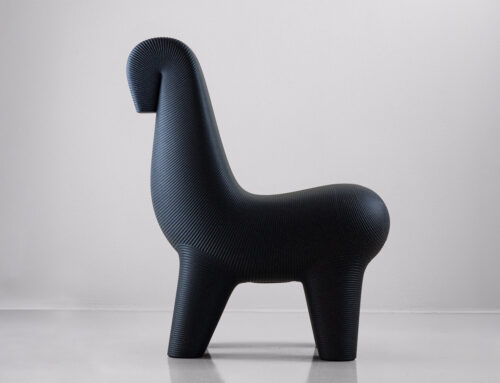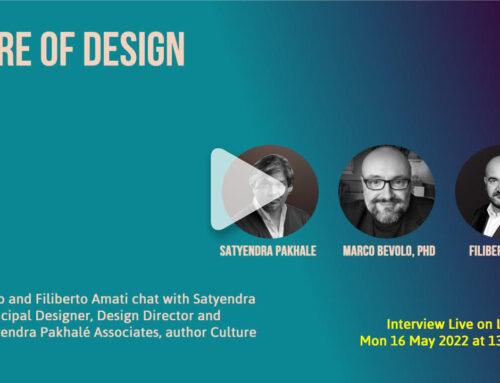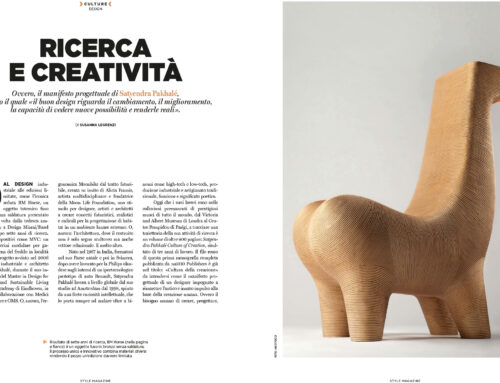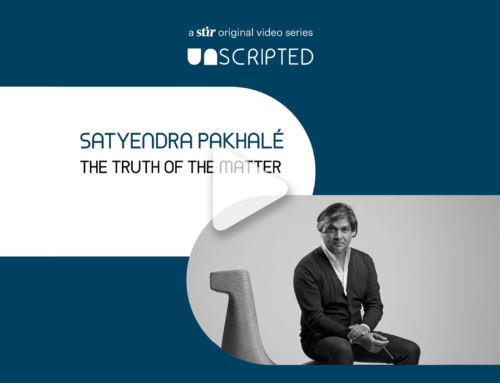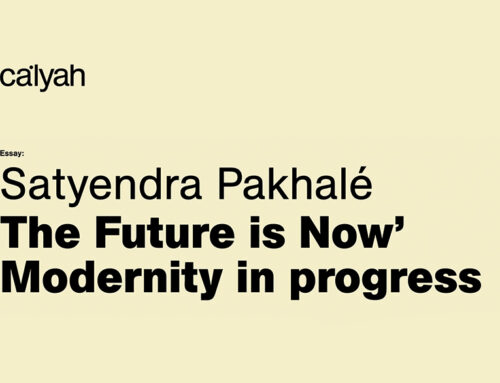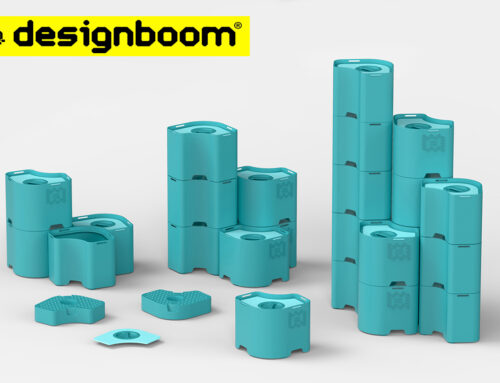The Indian-born designer talks about the relevance of design books during this time of isolation and recommends essential reads.
Like so much else, the design world has migrated to the virtual realm. Along with its huge impact on the rest of our lives, the novel coronavirus has suspended almost all real-world design activity, sweeping away fairs like the Salone del Mobile and Venice Architecture Biennale and postponing physical encounters indefinitely. The design book – a three-dimensional physical artefact in itself – remains one of the few still-accessible bridges to the world of embodied design.
For Indian-born, Amsterdam-based designer Satyendra Pakhalé, whose poetic and technically innovative objects populate museum collections around the world, the coronavirus era follows fast behind the publication of his own book, Culture of Creation. He spent three years putting together this labor of love, with contributions from a number of leading design thinkers and curators, including Juhani Pallasma and Aric Chen, who delve deeply into his oeuvre in the light of our conceptions of design in general.
The book reflects the complexity of Pakhalé’s design work, which frequently represents the coming together of apparent opposites, such as craft and technology and functionality and poetry. His Roll Carbon Ceramic Chair is a good example of this tendency: melding together craft ceramics and high-tech carbon fiber, it results in an object that contains multiple narratives – a feature that, in the book, Aric Chen calls “emblematic” of the “undoing of binary logics.”
The publication of Pakhalé’s book is the culmination of a process that began over 30 years ago, when his own career as a designer was launched by reading a book. “I was about 17, in the school library, and I came across On Design by George Nelson,” he recalled. “It was an eye-opener – I was living in the middle of India, at a time when there was no internet and only two design schools in the whole country. There was no other way that I could have learned about design. I was so excited by the book that I took it to my teacher and said, this is what I want to do!”
The teacher introduced Pakhalé to a former pupil who had studied architecture, who showed him how to make a portfolio so he could apply to design school. He won a place at the Industrial Design Centre (IDC) at the Indian Institute of Technology (IIT Bombay), later studying at ArtCenter Europe. After a stint at Philips, where he worked on Renault’s Pangea concept car, he opened his own studio in Amsterdam, working for clients from Alcantara to TOD’s.
“In On Design, George Nelson creates a picture of what it means to be a designer,” said Pakhalé. “Someone who responds to social change and achieves a kind of unity – if the design is good – in balanced relation to the environment.” Similarly, his own book was inspired by his desire “to show how design functions as a complex problem-solving exercise, that it’s not simply about achieving a desired aesthetic.”
So, with his Add-On Radiator for Tubes, Pakhalé recounts that the initial idea was “to create a new experience of the radiator – taking it off the wall. But that created a whole series of problems – how does the water flow away from the wall? How can a freestanding radiator be made durable?” The screen-like result, with its beautiful simplicity, does not speak of these decisions. This is where Culture of Creation comes in, with its warts-and-all accounts of production processes and endless trial and error – and the thinking behind it all. “As a designer, you can’t practice in vacuum,” said Pakhalé. “You need a philosophical sense of direction. Not least because you are making things that impact other people’s lives.”
In Pakhalé’s case, his “philosophical sense of direction” was partly informed by his childhood experiences in India. He grew up in the Maharashtra region, close to the Ajanta Buddhist caves, rock-cut architecture and paintings dating back to the second century BC, which were an important early influence on him, ultimately informing his poetic language of form. “Early sculpture in India was not representative, yet it had lots of suggestive power,” he said. “While abstraction is meaningless to a lot of people, there is a power in images that are not representations per se, but that embody some kind of essence.” Many of his works – Fish, Black and White Swan and Panther among them – embody this non-literal suggestiveness.
Another feature of his Indian childhood was crafts: “Everything was made for you, not mass produced. If you wanted a toy, a carpenter had to make it.” Later, when working as a designer in Europe, he travelled back to India to study the traditional crafts of bell metal working and ceramics with remote artisan communities. Adapting these to Western manufacturing processes resulted in some iconic objects – the Flower Offering Chair and Bell Metal Horse among them – but also more understated pieces like vases and other vessels. “Objects are totems of living,” says Pakhalé. “They are representations of our existence. Everyday things that are humble are still significant.”
The book is one of those totems, he added. “With a mobile phone, you have the world in your pocket, yet that doesn’t take any account of human limitation,” he said. “We can’t use this information successfully – look at the global responses to the coronavirus crisis. A book offers up its information in a sequential form that we find easier to navigate. Plus, we are sensorial beings, and the book is a sensorial object. It’s still one of the best ways to communicate ideas and talk about ways of creating as a designer.”
Satyendra Pakhalé’s Top Five Design Books
The Unknown Craftsman by Soetsu Yanagi
“Because there is always so much to learn from the everyday things around us by unknown makers. I received this book as a gift from a fellow designer many years ago and I still cherish it.”
The Phenomenology of Perception by Maurice Merleau-Ponty
“Understanding perception is critical for designers and architects. This is a good beginning.”
Architecture Without Architects by Bernard Rudofsky
“There is so much wisdom in folk knowledge, folk art and folk architecture too. Many of the innovations in this book – such as non-mechanical cooling methods – are very relevant for us today.”
Before and Beyond the Image by Dietrich Seckel
“Valuable for its insights into age-old works that resonate with our current understanding of abstraction and the essence of forms.”
Art as Experience by John Dewey
“Written in 1930s and still very relevant for our times for its unmatched insights into user experience.”
Read the full interview on A-D-O-Journal NY
